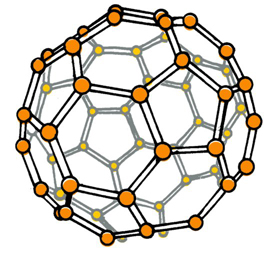CHAPTER 5
How Design Does It
The role of the designer, as the humane and aesthetic conscience of industry, is that of a surrogate for the consumer. He senses the pattern of evolutionary factors in manufactured products and directs the object toward the perfection of its typeform.
—ARTHUR PULOS
You are a 32-year-old scientist, jobless, broke, and considering suicide. A pandemic is growing across the country and around the world. Your daughter is a victim. You blame yourself for your child’s death. No doctor or researcher has yet found a cure. When you consider the state of the world and your failure to protect your child’s precious life, you begin to drink heavily. You are living in low-income public housing near the shores of Lake Michigan. One day you decide you have had enough and begin to walk out onto the beach and into the water. You are chilled but just keep walking. As the waves break across your chest, one last idea occurs to you. As a scientist you can’t stop teasing at this idea and soon have formulated an experiment. It will be the next and last one you will ever run.

You decide to run an experiment to find what a “human of average size, experience, and capability . . . could effectively do [to] . . . lastingly improve the physical protection and support of all human lives. . . .”
Your name is R. Buckminster Fuller and you will ask that your epitaph read, “Call me ...
Get Trillions: Thriving in the Emerging Information Ecology now with the O’Reilly learning platform.
O’Reilly members experience books, live events, courses curated by job role, and more from O’Reilly and nearly 200 top publishers.

